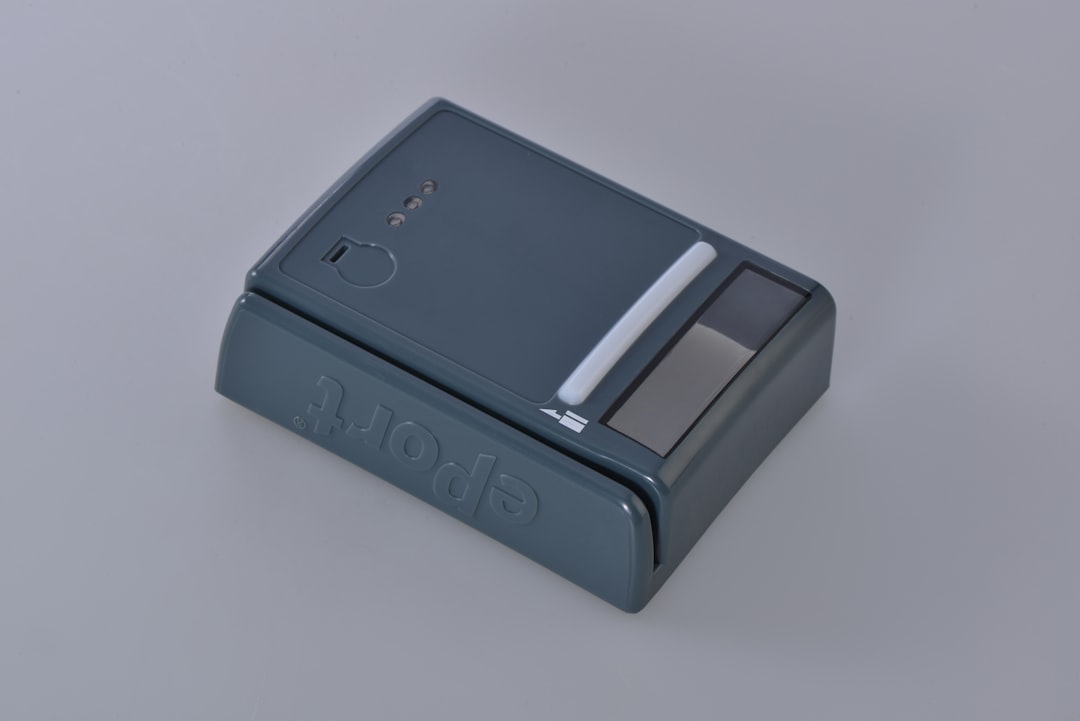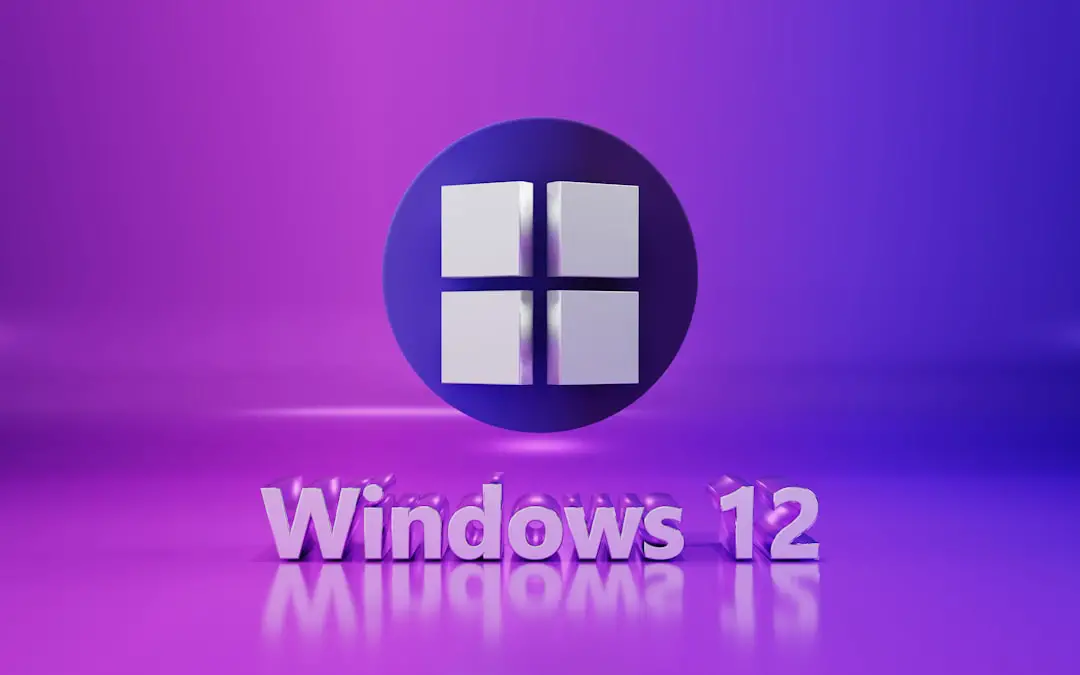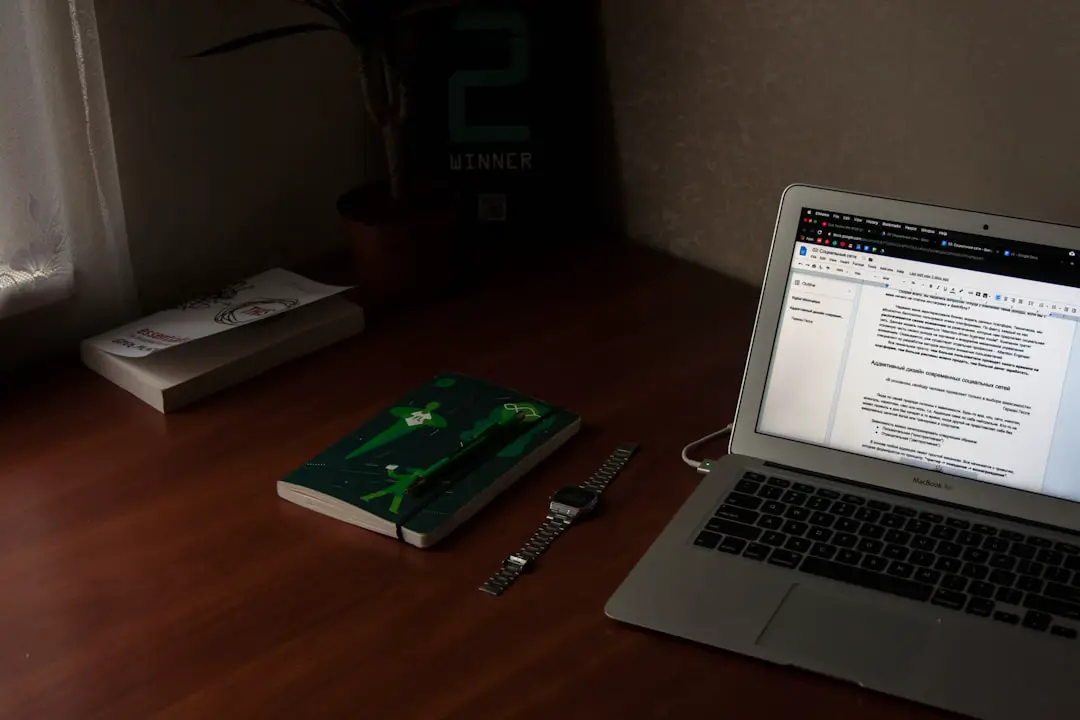Installing Windows 11 on low-end computers can be a challenge due to the operating system’s hardware requirements. However, Windows 11 Xtreme LiteOS offers a streamlined version that removes unnecessary features and services, significantly improving the performance on older or less capable machines. This version is specially crafted for users who want the modern look and feel of Windows 11 without the resource-heavy components that often bog down performance on less powerful PCs.
Below is a comprehensive guide detailing how to install Windows 11 Xtreme LiteOS on a low-end computer. This process includes preparing your device, downloading the OS, creating a bootable USB, and installing the system efficiently.
What is Windows 11 Xtreme LiteOS?
Windows 11 Xtreme LiteOS is a modified version of Windows 11, tailored to run efficiently on low-specification PCs. It strips away bloatware, disables resource-intensive features like Microsoft Cortana, virtual desktops, and automatic updates while keeping essential functionalities intact. This makes it an excellent choice for users with 2GB–4GB of RAM, older hard drives, or outdated CPUs.
System Requirements
Even though Xtreme LiteOS is lighter than standard editions, your low-end PC still needs to meet some minimum specifications:
- CPU: Dual-core processor, 1 GHz or faster
- RAM: Minimum 2 GB
- Storage: At least 16 GB of free disk space
- Graphics: Basic DirectX 9 Graphics Device
- Internet: Required only for downloading updates and apps
Most laptops and desktops from the last 10–15 years should support this OS without issue.
Step-by-Step Guide to Install Windows 11 Xtreme LiteOS
Step 1: Backup Your Data
Installing a new OS wipes your current data. Ensure to transfer important files to an external drive or cloud storage before proceeding.
Step 2: Download Windows 11 Xtreme LiteOS ISO
Locate a trusted source or forum where the Windows 11 Xtreme LiteOS ISO is available. Download the latest stable release. Always verify checksums (SHA256 or MD5) to ensure no corruption or tampering has occurred.
Note: This version is not officially supported by Microsoft, so download at your own discretion and risk.
Step 3: Create a Bootable USB Drive
Use tools like Rufus or BalenaEtcher to create a bootable USB drive:
- Insert a USB drive (at least 8GB).
- Open Rufus and select your USB under “Device”.
- Choose the downloaded ISO file.
- Set Partition Scheme to MBR (for BIOS) or GPT (for UEFI, if supported).
- Click “Start” and wait until the process completes.

Step 4: Enter BIOS and Change Boot Order
Restart your PC and press the BIOS access key (usually ESC, F2, DEL, or F10).
Once inside BIOS:
- Navigate to the Boot tab.
- Set your USB drive as the first boot device.
- Save and exit BIOS settings.
Your PC should now boot from the USB drive.
Step 5: Install Windows 11 Xtreme LiteOS
When the installer starts:
- Select your language and keyboard layout.
- Click “Install Now”.
- If asked for a product key, choose “I don’t have a product key”.
- Select the edition of Windows to install (usually only one showing).
- Accept license terms and choose “Custom: Install Windows only (advanced)”.
- Select existing partitions and delete them to create a fresh install environment.
- Choose “Unallocated Space” and click “Next”.
The OS will begin installing. This process can take from 10 to 30 minutes based on your disk speed.
Step 6: Complete Initial Setup
Once installation is done, your PC will reboot. Follow on-screen prompts:
- Create a user account.
- Select region and language settings.
- Configure privacy settings (Xtreme LiteOS usually has many toggles disabled by default).

Post-Installation Tips
- Install Drivers: Use Snappy Driver Installer or download drivers manually from the manufacturer’s site.
- Add Essential Software: Consider installing a lightweight browser like Mozilla Firefox or Brave, a media player like VLC, and a reliable antivirus such as Avira or Bitdefender Free.
- Disable Windows Defender: LiteOS may already have this disabled, but verify to optimize performance.
- Use Lightweight Themes: Avoid animated wallpapers and effects that tax your GPU unnecessarily.
Performance Expectations
Users can expect:
- Faster boot and shutdown times
- Lower RAM and CPU usage
- Improved response times during multitasking
- Longer battery life on laptops
This makes daily computing smoother on hardware that otherwise struggles with stock Windows versions.
Legal and Ethical Considerations
It’s important to note that even though Xtreme LiteOS is useful, it is a modified version of Microsoft software. It may not comply with Microsoft’s licensing policies, and using it might void warranties or violate end-user agreements.
Proceed with caution and always ensure that you’re using the software in a legal and ethical manner.
Conclusion
Windows 11 Xtreme LiteOS is a viable alternative for low-end computer users seeking a modern operating system experience without sacrificing performance. By carefully following the steps for installation and being mindful of legal implications, users can breathe new life into older hardware and enjoy an efficient, streamlined computing environment.
FAQ
- Q: Is Windows 11 Xtreme LiteOS free?
A: Yes, it’s available for free from community forums or unofficial distribution sites, but ensure you’re downloading from a trusted source to avoid malware. - Q: Can I install this on a system with 1GB RAM?
A: Technically possible, but not recommended. 2GB is the minimum for smooth usability. - Q: Will I get Windows Updates?
A: No. Xtreme LiteOS disables Windows updates by default to conserve resources and maintain stability. - Q: Can I install Microsoft Store apps?
A: Some versions of LiteOS support the Microsoft Store, but functionality may be limited or entirely removed. - Q: How secure is Xtreme LiteOS?
A: Because it lacks regular updates and Defender, it’s less secure. Users should install third-party antivirus software. - Q: Can I revert to standard Windows later?
A: Yes. Simply create a bootable USB with official Windows ISO and reinstall it, formatting the drive during setup.
